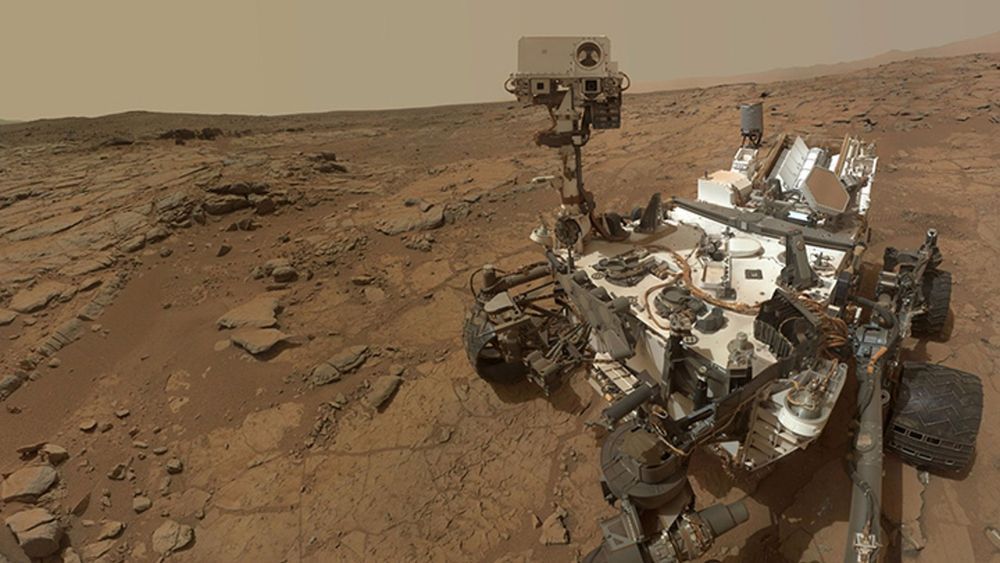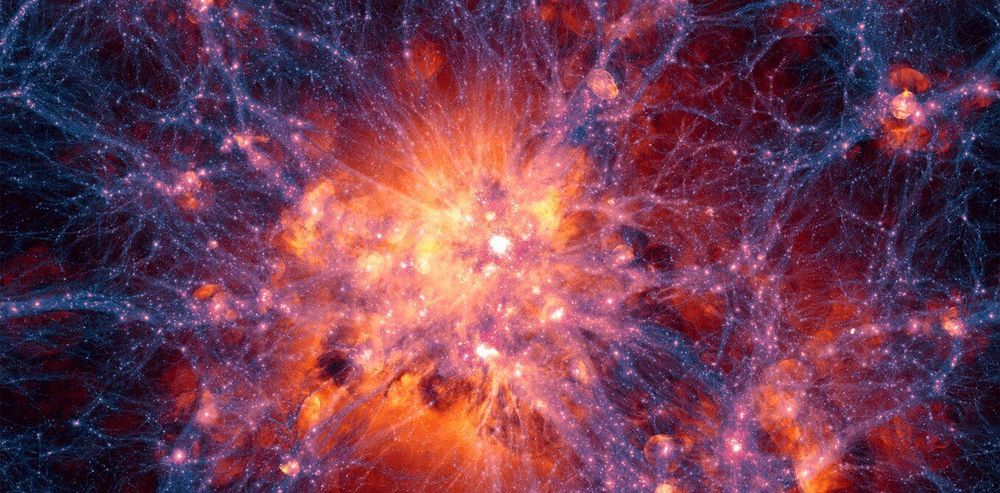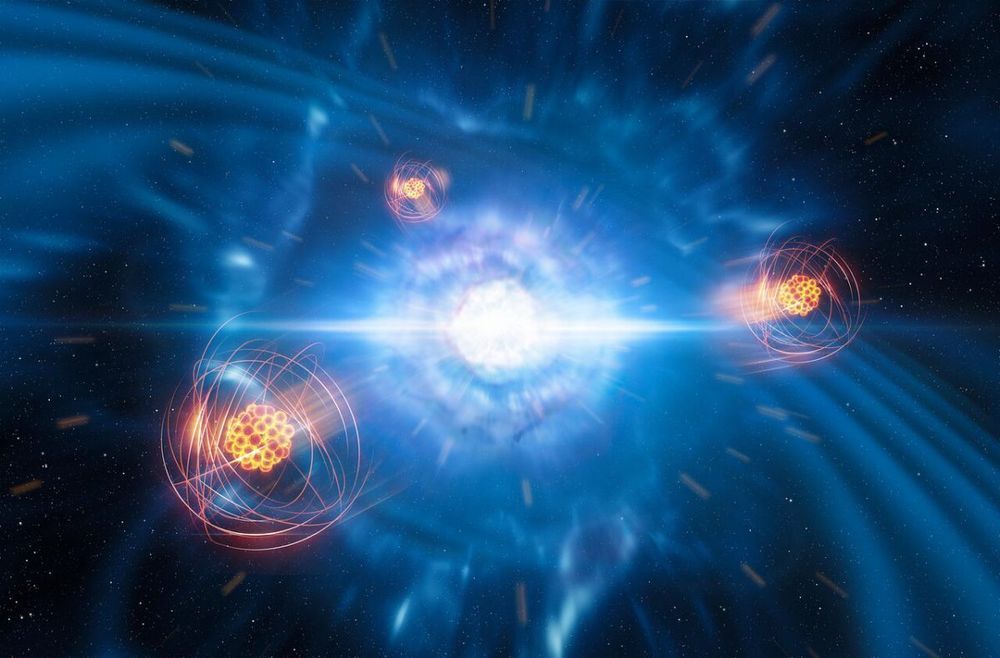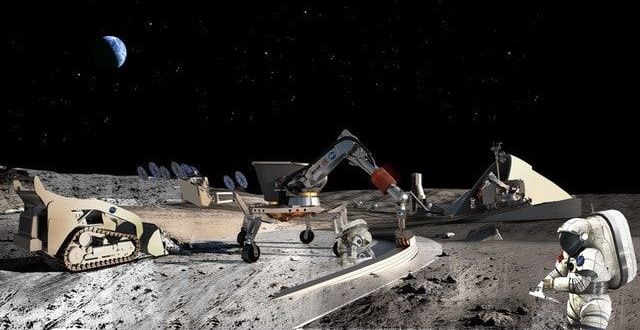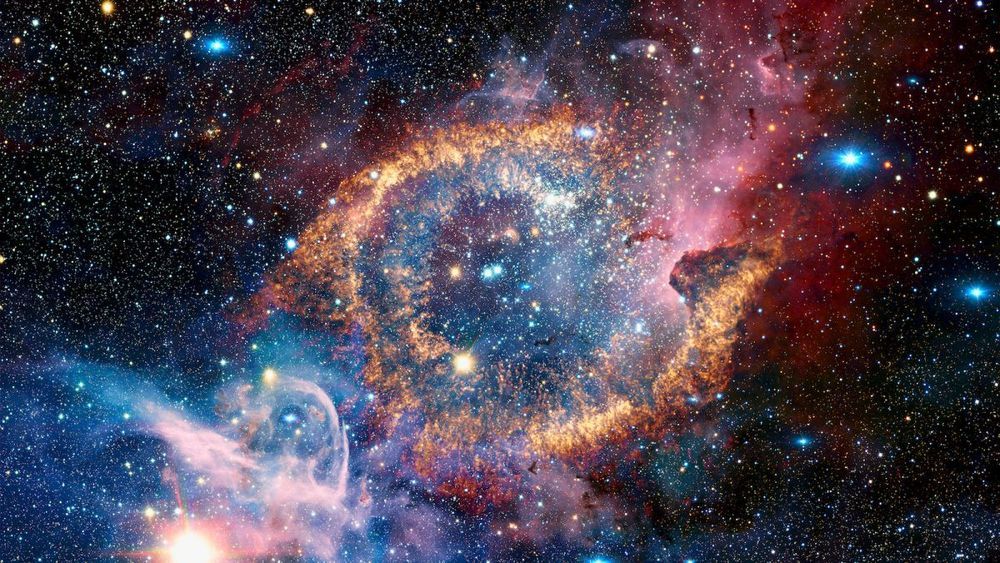The study of Mars is a constant exercise in problem-solving, and NASA scientists have just been served up a doozy. Data from the Curiosity rover positioned within the planet’s Gale Crater has revealed wild seasonal swings in oxygen levels, something mission scientists neither expected or are able to explain.
This perplexing piece of intel comes courtesy of Curiosity’s Sample Analysis at Mars (SAM) tool, an onboard laboratory that has been sucking in the air over the Gale Crater for analysis over the course of three Martian years (almost six Earth years). This has enabled the team to piece together the composition of the planet’s thin atmosphere, with CO2, nitrogen, argon, carbon monoxide and oxygen all part of the mix.
The concentrations of these gases increase and decrease as the weather changes on Mars, as the icy winters lower air pressure across the planet and the summer then raises them again. This leads to regular patterns of concentrations of gases like nitrogen and argon, and in examining the latest data, the scientists expected to see similar trends at play for oxygen.
